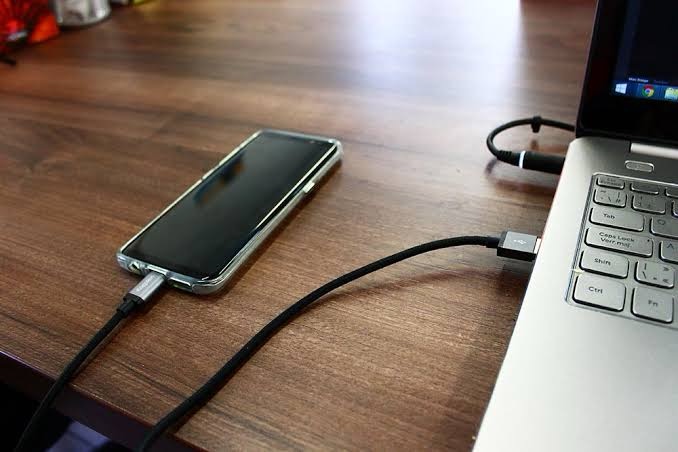A Digital Video Recorder (DVR) is a device that allows you to record, store, and playback video content. It is similar to a VCR (Video Cassette Recorder), but instead of using magnetic tapes, a DVR utilizes digital storage media to capture and save video data.

DVRs are commonly used in various settings, including television broadcasting, security systems, and home entertainment. Here are some key aspects of DVRs:
1. Recording and storage: DVRs enable you to record video content from sources such as television broadcasts, cable/satellite signals, or surveillance cameras. The recorded video is converted into a digital format and stored on the DVR’s internal hard drive or external storage devices.
2. Time-shifting functionality: One notable feature of DVRs is their time-shifting capability. This allows you to pause live TV broadcasts, rewind, and fast-forward through recorded content, giving you the flexibility to watch television at your convenience.
3. Storage capacity: The storage capacity of a DVR can vary depending on the device and its intended purpose. Some DVRs have built-in hard drives with several terabytes of storage space, allowing for hours or even days of recorded video content.
4. Multiple recordings simultaneously: Many DVRs have the ability to record multiple channels simultaneously, which allow you watch one program while recording another.
5. Intelligent recording features: DVRs often include functionalities such as series recording, event-triggered recording, and customizable recording schedules. These features make it easy to program your DVR to record specific shows, episodes, or events automatically.
6. Access and playback: DVRs typically have user-friendly interfaces that allow you to browse and access your recorded content. You can select specific recordings and play them back on a connected television or monitor.
7. Network and remote access: Modern DVRs often have network connectivity options, enabling remote access to your recorded content from other devices like smartphones, tablets, or computers. This allows you to manage and view your videos from virtually anywhere with an internet connection.
Do I Need a DVR With a Smart TV?
You only need a DVR if you have a live television service that supports it. You can’t use a DVR to record Netflix, Max (formerly HBO Max), Disney Plus, or most other internet streaming services. Even if you download the app for specific networks (like NBC, CW, etc.), there’s no way to record on-demand shows and movies.
That said, some streaming providers offer live television with cloud DVR. For example, you can record Hulu+ Live TV so long as you have a compatible device. DVR service usually comes with a monthly fee that’s tacked on to your TV bill, but Sling TV DVR lets you record up to 50 hours of television for free.
DVR technology has revolutionized the way we consume and manage video content. It provides convenience, flexibility, and control over our viewing experience. Whether it’s capturing television shows, sports events, or security footage, DVRs offer a versatile and efficient way to record and store video content for personal or professional use.
Please note that the term DVR can sometimes be used interchangeably with Personal Video Recorder (PVR) or Network Video Recorder (NVR), depending on the specific context and application.







